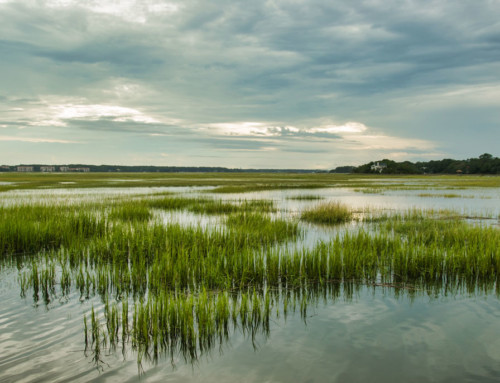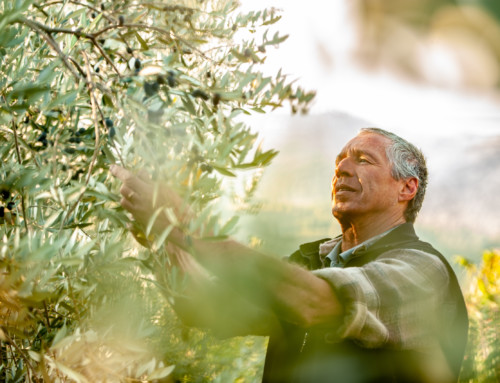By Timothy Lindstrom*
Voluntary land conservation in Virginia depends heavily upon conservation easements. Significant tax incentives, including Virginia’s Land Preservation Tax Credit, are available to Virginia easement donors.
In recent years new incentives for voluntary land conservation have arisen in Virginia. These incentives are in the form of credits landowners earn by permanently setting aside land for uses that offset, or “mitigate”, the impact of development and agriculture on water resources in the Commonwealth. These credits can be sold, providing additional economic benefits for land conservation.
These incentives are the result of state and federal programs to offset the impacts of development on water resources. Pursuant to the federal Clean Water Act, the Army Corps of Engineers, together with an Intergovernmental Review Team, oversees the mitigation of development impacts on wetlands and streams. The Virginia Department of Environmental Quality, pursuant to state legislation aimed at cleaning up the Chesapeake Bay, oversees a separate mitigation effort to reduce nutrient levels from specific sources (“point source” pollution) and from stormwater and agricultural run-off (“non-point source” pollution).
Land permanently set aside by landowners for mitigation purposes is known as a “mitigation bank” or “nutrient bank” (collectively “land bank.”) The land bank is managed by an agreement between the landowner and agency overseeing the mitigation activity. Future use of land within a land bank is governed by a recorded set of permanent restrictions. When a landowner undertakes specified mitigation activities, credits are earned that can be sold to those whose activities require mitigation. The number of credits a landowner can earn is a function of the type of mitigation activity and the acreage involved, and is governed by schedules established by the governmental agencies involved. Typically, the creation of a land bank, the mitigation activities, ensuring the maintenance of the mitigation, and the sale of credits is managed by a licensed individual or entity known as a “sponsor.”
The details of mitigation banking are too extensive to be covered here. The point of this article is that land banks are compatible with, and can supplement, traditional conservation easements. Conservation easements, generally speaking, are passive in that they prohibit certain activities, such as subdivision and development. Land banks supplement these restrictions by mandating restoration activities on the land.
In order to ensure that the restrictions imposed by a conservation easement and a land bank work together, several things need to be kept in mind:
First, to preserve tax benefits of the easement donation, the conservation easement donation should precede the land bank so that bank restrictions don’t reduce the land’s fair market value for tax deduction purposes.
Second, conservation easements should be drafted to accommodate future land banking. Easement provisions that prevent or limit the opportunity for mitigation banking preclude mitigation bank benefits. Therefore, easements should expressly allow mitigation banking, and minimize restrictions reducing, or foreclosing, opportunities for mitigation activities. For example, careful thought needs to be given to easement provisions requiring buffers around streams and wetlands. Extensive easement buffers that prohibit restoration or enhancement activities can reduce or eliminate the benefits of a land bank. In some cases, the requirement for buffers has actually been deferred by easement provisions for a period of years to allow the landowner to first implement a land bank.
Third, conservation easements and land bank instruments should be carefully tailored to each property by knowledgeable counsel; fill-in-the-blank forms from agencies should be carefully reviewed and revised as needed.
The combination of tax benefits and mitigation credits create a compelling case for land conservation in Virginia. There has never been a better time for landowners to conserve their land than now.
*Timothy Lindstrom is a nationally recognized legal expert in conservation easements and related tax law, based in Williamsburg, Virginia.








